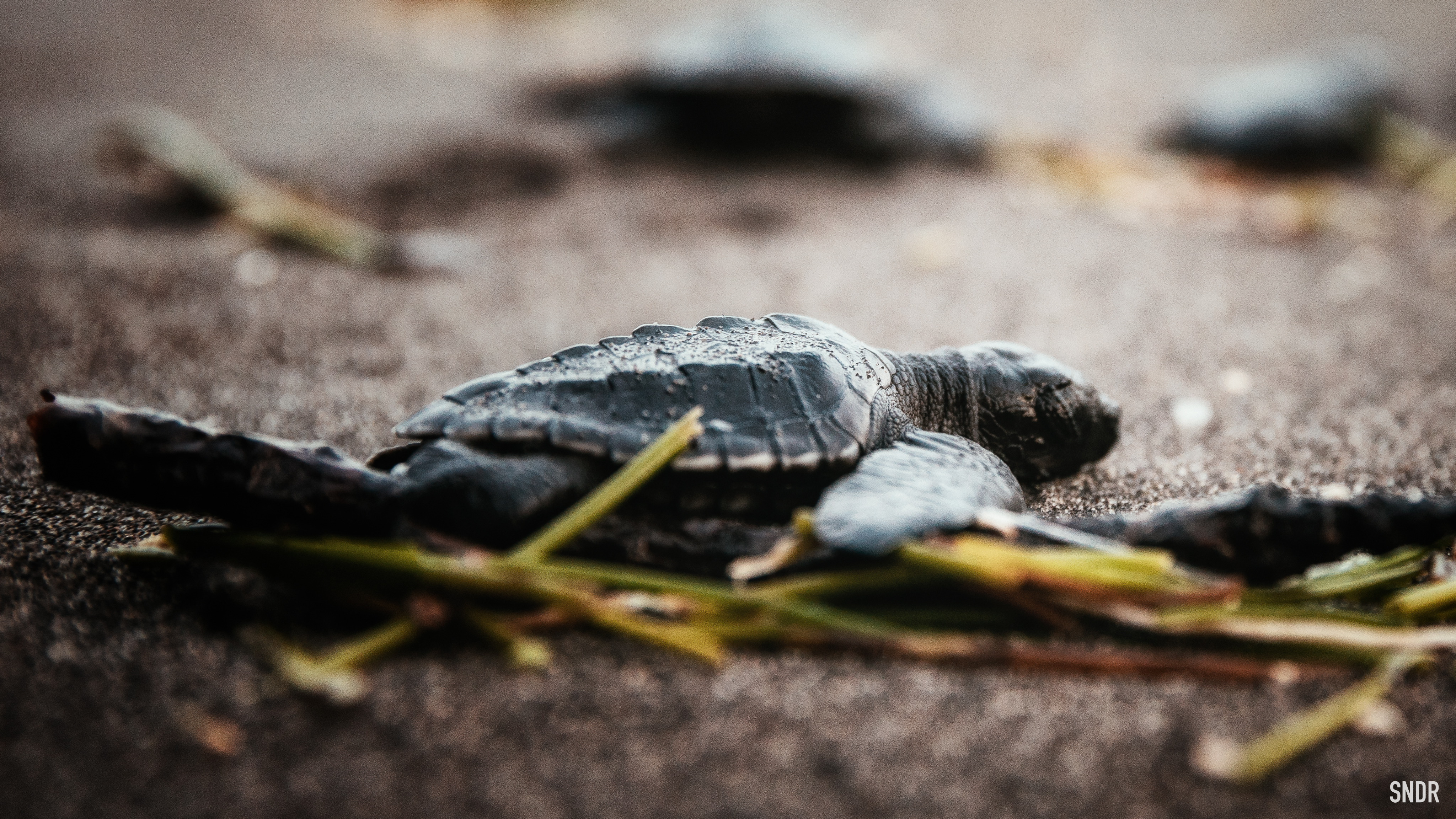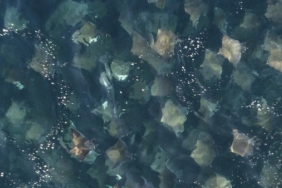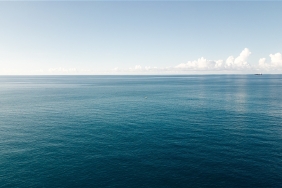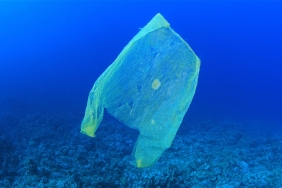PROTECTING SEA TURTLES AT THE BORDER (PART 1)
By: Dwi Suprapti - Marine Species Conservation Coordinator WWF Indonesia
Have you ever met a sea turtle? If so, where did you find it? Yes, it is true that sea turtles can be found in several locations in Indonesia, because Indonesia is home to 6 out of 7 species of sea turtles in the world. However, have you ever heard of Paloh turtle nesting beach? If not, let's get acquainted with this region.
Paloh is a sub-district in Sambas Regency in the northern part of West Kalimantan Province. Geographically, Paloh occupies a fairly strategic position, which is directly adjacent to Malaysia, the Natuna Sea and the South China Sea.
Being at the confluence of the Natuna Sea and the South China Sea, it is not surprising that Paloh is a fertile location, rich in fishery potential and an option for turtles to find food, mate and lay eggs.
Paloh has sandy beaches stretching more than 100 Km. 79% of its total coastline or 63 Km is a nesting habitat for the Green Turtle (Chelonia mydas). No wonder Paloh is dubbed as the longest turtle nesting beach in Indonesia. In fact, Paloh is also dubbed as the second largest Green Turtle nesting beach along the Peninsula.
To reach Paloh nesting beach, the journey is taken using land and river routes. Where, from Pontianak City (Capital of West Kalimantan Province) is ±320 km or requires a travel time of about 12 hours. Due to limited public transportation, visitors are advised to use travel services, car rentals or use private vehicles.
Along the way, visitors will be presented with exotic scenery, one of which is Singkawang City, a city known as the city of a thousand temples. Usually, visitors will take a short break in the city while enjoying the beauty of the city of Singkawang at night.
After taking a short break, the journey continues to Sambas City with a travel time of about 2 hours. The city, known as the Mecca Porch of West Kalimantan, will also present the Islamic nuances and life of the Sambas Malay community.
From Sambas City, the journey to Paloh Subdistrict will be a little stalled, because you have to queue to cross the Sekura River using a ferry to Teluk Kalong. This crossing takes about 20 minutes while looking at the Sekura village which is harmoniously united between the Malay and Chinese tribes.
From Teluk Kalong, the journey continues to the capital city of Paloh with a distance of about 2 hours until it finally ends at the Sumpit River to then cross the river again using a motorboat to Ciremai village. The crossing will take about 10 minutes with a view of the dense mangrove forest and if you are lucky you will see a large-nosed primate, namely Bekantan.
Upon arrival at Ciremai 45 minutes later you will arrive at Paloh Beach. At first glance, Paloh beach is no different from other beaches in Indonesia. White sand stretches as far as the eye can see even to the Malaysian border. But who would have thought, on this beach is a habitat for nesting rare animals called sea turtles. Based on monitoring data collected by WWF Indonesia, 98% of this beach area is a nesting ground for Green turtles (Chelonia mydas) and the other 2% is also visited by Hawksbill turtles (Eretmochelys imbricata), Olive Ridley turtles (Lepidochelys olivacea) and Leatherback turtles (Dermochelys coriacea).
The long stretch of Paloh Beach, it is not surprising that in one night during the peak turtle nesting season (June - August), 20 - 30 large female turtles (75cm - 110 cm) will land on the beach to lay their eggs. Unfortunately, the turtles' uphill battle often leads to threats to their lives. It is not uncommon for turtle nests to be vandalized and eggs taken and even found dead turtles lying on the beach due to the forced removal of eggs in their bodies like pearls that are expensive.
For a long time, turtle eggs from Paloh have been a trade commodity in West Kalimantan and Sarawak (Malaysia). Its abundant population makes turtle eggs one of the regional revenues of Sambas Regency and is also the main vehicle for the turtle egg war festival.





